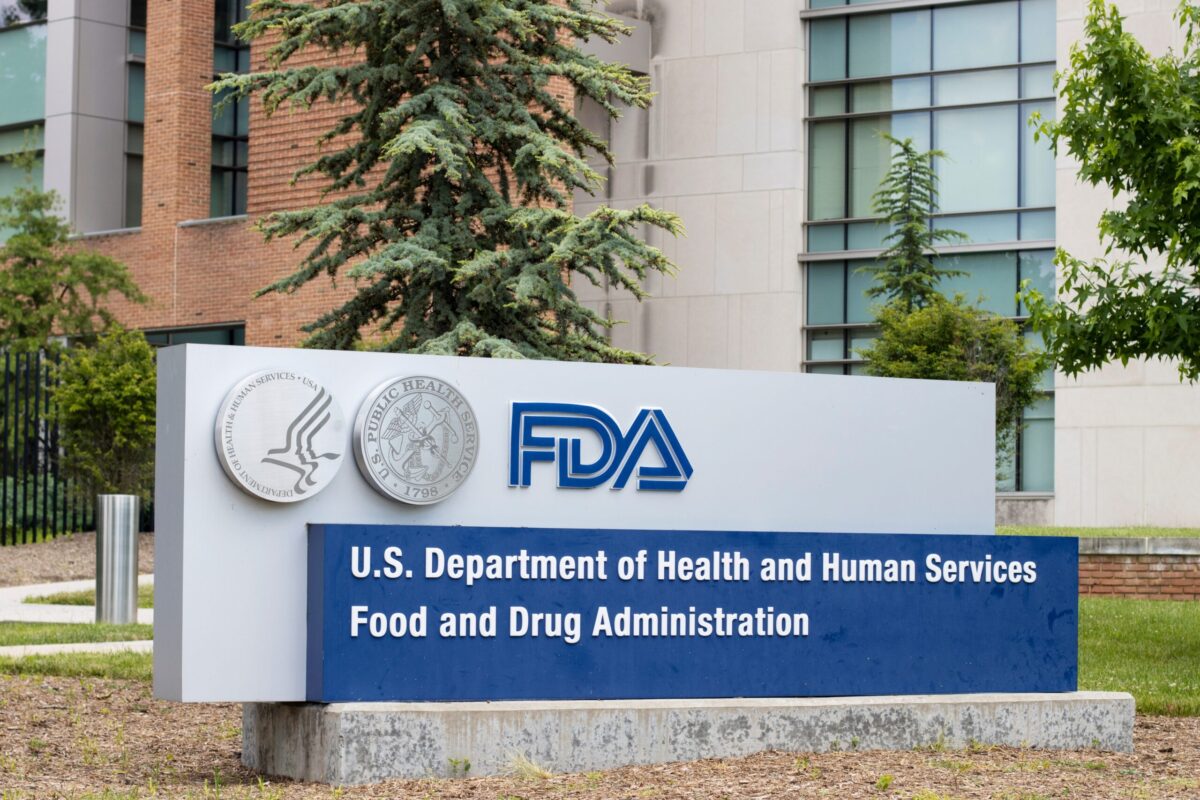The American Medical Associate (AMA) is advocating for a ban on direct-to-consumer (DTC) advertising for prescription pharmaceuticals, as well as medical devices. The call to action is in response to the increasingly unaffordable cost of prescription drugs – an issue the AMA believes is a product of the billions of dollars pharmaceutical companies spend on advertising.
The announcement was made at yesterday’s Interim Meeting of the American Medical Association, where physicians were focused on finding potential solutions to the drug pricing problem. Healthcare providers attending the conference voiced concerns about the effects of advertising on patient demand for expensive treatments, regardless of the treatment’s effectiveness, or the availability of less expensive alternatives.
AMA Board Chair-elect Dr. Patrice A. Harris said, “Today’s vote in support of an advertising ban reflects concerns among physicians about the negative impact of commercially-driven promotions, and the role that marketing costs play in fueling escalating drug prices. Direct-to-consumer advertising also inflates demand for new and more expensive drugs, even when these drugs may not be appropriate.”
Along with New Zealand, the US is one of only two countries in the world that still permits DTC advertising of prescription drugs. According to statistics compiled by market research firm Kantar Media, pharmaceutical developers are now spending 30 percent more on advertising since 2013, making the total spent approximately $4.5 billion.
The new policies adopted by the AMA also include formation of a physician-based task force whose focus is set to be patient advocacy in terms of drug affordability. The task force will also launch a campaign promoting competition and choice within the pharmaceutical industry, along with increased transparency in drug pricing.
“Physicians strive to provide the best possible care to their patients, but increases in drug prices can impact the ability of physicians to offer their patients the best drug treatments,” said Harris. “Patient care can be compromised and delayed when prescription drugs are unaffordable and subject to coverage limitations by the patient’s health plan. In a worst-case scenario, patients forego necessary treatments when drugs are too expensive.”
According to a press release issue by the AMA, the new policies come at a time when the lack of competition in the pharmaceutical industry is expected to drive drug prices even higher. The AMA has vowed to put pressure on government agencies to ensure that anticompetitive behavior – including attempts to eliminate competition from generic drug manufacturers by abusing patent protections – is minimized in the pharmaceutical industry.
The association also intends to keep a close eye on pharmaceutical industry mergers and acquisitions to assess what impact these business deals may have on drug pricing. The AMA states that they are in favour of a balance between incentives for drug companies to develop new and innovative therapies, and reducing regulatory influence over the patent system to encourage competition in the marketplace.
The AMA also stresses the need for improved transparency in the drug pricing process so that physicians, stakeholders and patients can understand what factors influence the cost of a certain medicine. The agency maintains that if more light is shed on the true cost of research, development, manufacturing, marketing and advertising of a drug, the public will have a clearer understanding of how a drug is priced.
Sources:
- AMA Calls for Ban on Direct to Consumer Advertising of Prescription Drugs and Medical Devices – http://www.ama-assn.org/ama/pub/news/news/2015/2015-11-17-ban-consumer-prescription-drug-advertising.page












Join or login to leave a comment
JOIN LOGIN